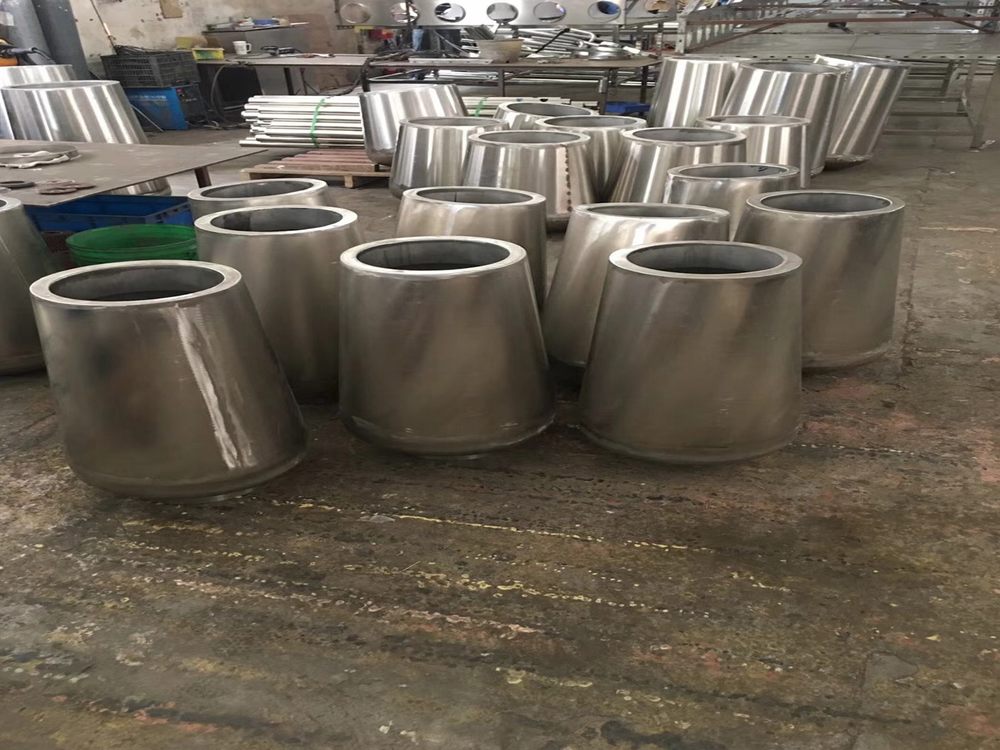
Bronze sculptures play a transformative role in children's hospitals by weaving narratives of hope, resilience, and imagination into the healing environment. These artworks serve as more than decorative elements; they become interactive storytellers, engaging young patients and their families in moments of joy and distraction from medical routines.
The tactile nature of bronze sculptures invites touch, fostering a sensory connection that can alleviate anxiety. Many hospitals commission pieces depicting animals, fairy-tale characters, or abstract forms that spark curiosity and conversation. A child might imagine adventures with a bronze dragon or find comfort in stroking the smooth surface of a friendly bear sculpture.
Artists often collaborate with healthcare professionals to create pieces that support therapeutic goals. Sculptures placed along hospital corridors can motivate children to walk during recovery, while those in waiting areas provide calming focal points. The permanence of bronze symbolizes strength and endurance—powerful metaphors for young patients facing health challenges.
Research shows that exposure to art in medical settings reduces stress markers and improves emotional well-being. Bronze sculptures, with their warm patina and enduring presence, contribute uniquely to this healing atmosphere by anchoring stories that children can return to throughout their hospital journey.
By transforming sterile spaces into wonder-filled environments, these sculptures help rewrite the narrative of hospitalization from one of fear to one of discovery and comfort.

